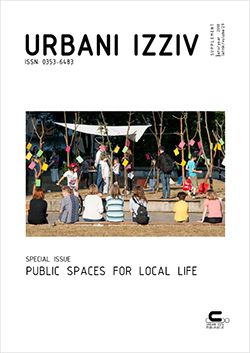Finding the “local green voice”? Waterfront development, environmental justice, and participatory planning in Gowanus, NY
Finding the “local green voice”? Waterfront development, environmental justice, and participatory planning in Gowanus, NY
Author(s): Zeynep TuranSubject(s): Social Sciences, Rural and urban sociology
Published by: Urbanistični inštitut Republike Slovenije
Keywords: Participatory planning; waterfronts; critical urban theory; rezoning; gentrification;
Summary/Abstract: The Gowanus neighbourhood, like many other New York City waterfronts, is facing a crossroads: how to promote development in a polluted landscape vulnerable to climate-induced sea-level rise that is inhabited by low-income populations and coveted by wealthy new arrivals for its waterfront property? For many years, toxic contamination and a combined sewer overflow problem inhibited new development in the neighbourhood. But in recent years, particularly beginning in 2010, after the Environmental Protection Agency designated the Canal and surrounding areas a Superfund site targeted for clean-up, developers have sought to shed Gowanus’s industrial identity and recast it as a prime up-and-coming residential locale. Although the community celebrates environmental restoration and protection, there is also a sense of foreboding that clean-up is paving the way for high-end development projects. This article charts the progress of neoliberal urban development in Gowanus through the lens of critical urban theory, identifying stakeholders and power dynamics. It looks at rezoning/revitalization as a tool of the municipality to transform an industrial business zone and low-income neighbourhood, ostensibly to foster development and cope with climate change and sea-level rise, but, in fact, cultivates socio-political exclusion and gentrification while ignoring concerns over the long-term environmental viability of new development.
Journal: Urbani izziv
- Issue Year: 29/2018
- Issue No: Supp.
- Page Range: 79-94
- Page Count: 16
- Language: English

